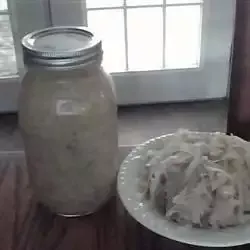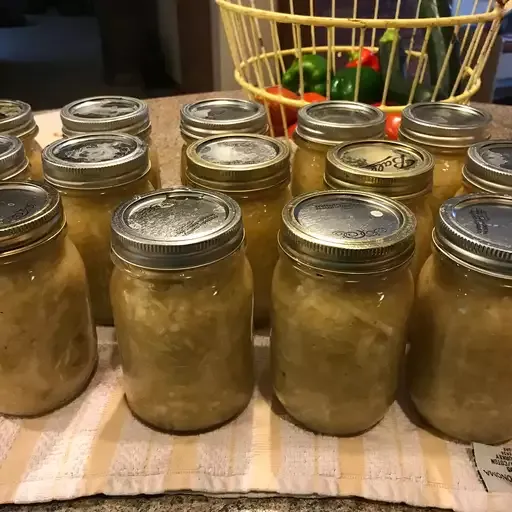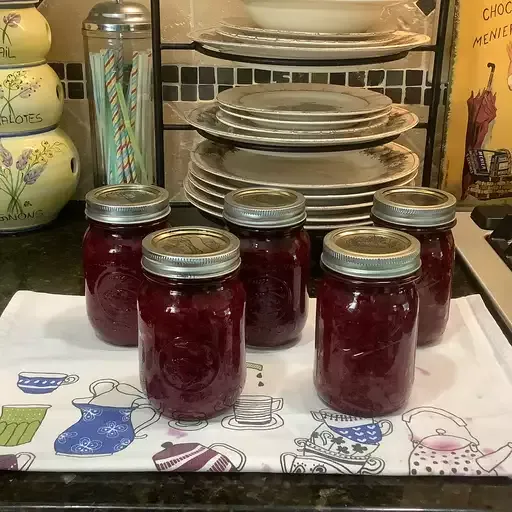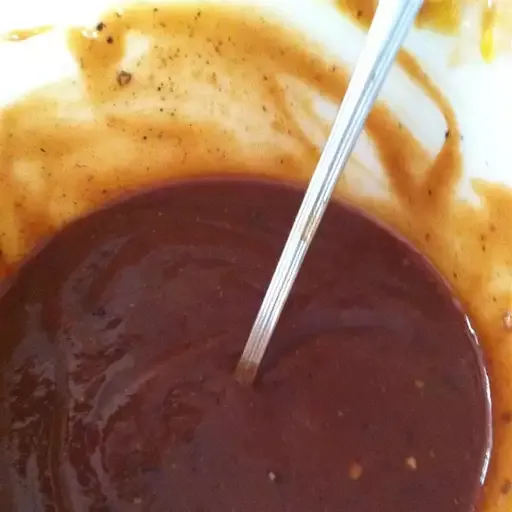Sauerkraut for Canning
Sauerkraut is a fermented cabbage dish that has been enjoyed for centuries. It is a popular condiment in many cultures, known for its tangy flavor and crunchy texture. The process of making sauerkraut involves fermenting shredded cabbage with salt, which allows beneficial bacteria to develop and preserve the cabbage.

Prep Time:
1 hr
Cook Time:
1 hr 30 mins
Additional Time:
21 days 12 hrs 50 mins
Total Time:
21 days 15 hrs 20 mins
Servings:
144
Yield:
36 pints
Ingredients

Directions

Step 1
Remove outer leaves and any undesirable portions from firm mature cabbage heads. Cut heads into quarters and remove and discard cores, Cut cabbage into thin shreds about the thickness of a dime with a sharp knife, mandolin, or food processor.
Step 2
Transfer 5 pounds cabbage to a large bowl. Sprinkle 3 tablespoons salt over top and mix thoroughly. Let stand until slightly wilted, about 5 minutes.
Step 3
Pack salted cabbage firmly and evenly into a large, clean pickling container. Use a wooden spoon, tapper, or your hands to press down firmly until juice comes to the surface.
Step 4
Repeat salting and packing of cabbage in 5-pound batches as directed in Step 2 until the container is filled to within 3 to 4 inches of the top. If juice does not cover cabbage, make and add brine (see Recipe Tip).
Step 5
Cover cabbage with cheesecloth and tuck the edges down against the inside of the container. Place a weighted bowl on the cheesecloth to submerge cabbage. Let sit in a 70 to 75 degrees F (21 to 24 degrees C) room for 3 to 6 weeks; remove and discard scum formation daily. The presence of gas bubbles indicates fermentation is taking place.
Step 6
When ready to can, inspect 36 pint-sized (or 18 quart-sized) jars for cracks and rings for rust, discarding any defective ones. Immerse in simmering water until needed. Wash new, unused lids and rings in warm soapy water.
Step 7
Transfer sauerkraut and brine to a very large pot. Heat mixture until simmering and 185 to 210 degrees F (85 to 99 degrees C); do not boil.
Step 8
Pack sauerkraut into hot, sterilized jars, filling to within 1/2 inch of the top. Run a clean knife or thin spatula around the insides of the jars to remove any air bubbles. Wipe rims with a moist paper towel to remove any residue. Top with lids and screw rings on tightly.
Step 9
Working in batches, place a rack in the bottom of a large stockpot and fill halfway with water. Bring to a boil and lower jars 2 inches apart into the boiling water using a holder. Pour in more boiling water to cover jars by at least 1 inch. Bring to a rolling boil, cover, and process pints for 15 minutes or quarts for 20 minutes.
Step 10
Remove the jars from the stockpot and let rest, several inches apart, for 12 to 24 hours. Press the center of each lid with a finger to ensure the lid does not move up or down. Remove the rings for storage and store in a cool, dark area.
Nutrition Facts (per serving)
39
Calories
0g
Fat
9g
Carbs
2g
Protein
Complement
Canning sauerkraut is a great way to preserve this tasty dish for long-term storage. By canning sauerkraut, it can be enjoyed throughout the year, even when fresh cabbage is not in season. Canning sauerkraut also allows for convenient storage and easy access to this delicious and nutritious side dish. With the right equipment and techniques, sauerkraut can be safely canned and stored for extended periods, ensuring that its unique flavor and health benefits can be enjoyed for months to come. Whether you're a fan of traditional sauerkraut or looking to explore new ways of preserving food, canning sauerkraut is a rewarding and practical skill to master.







